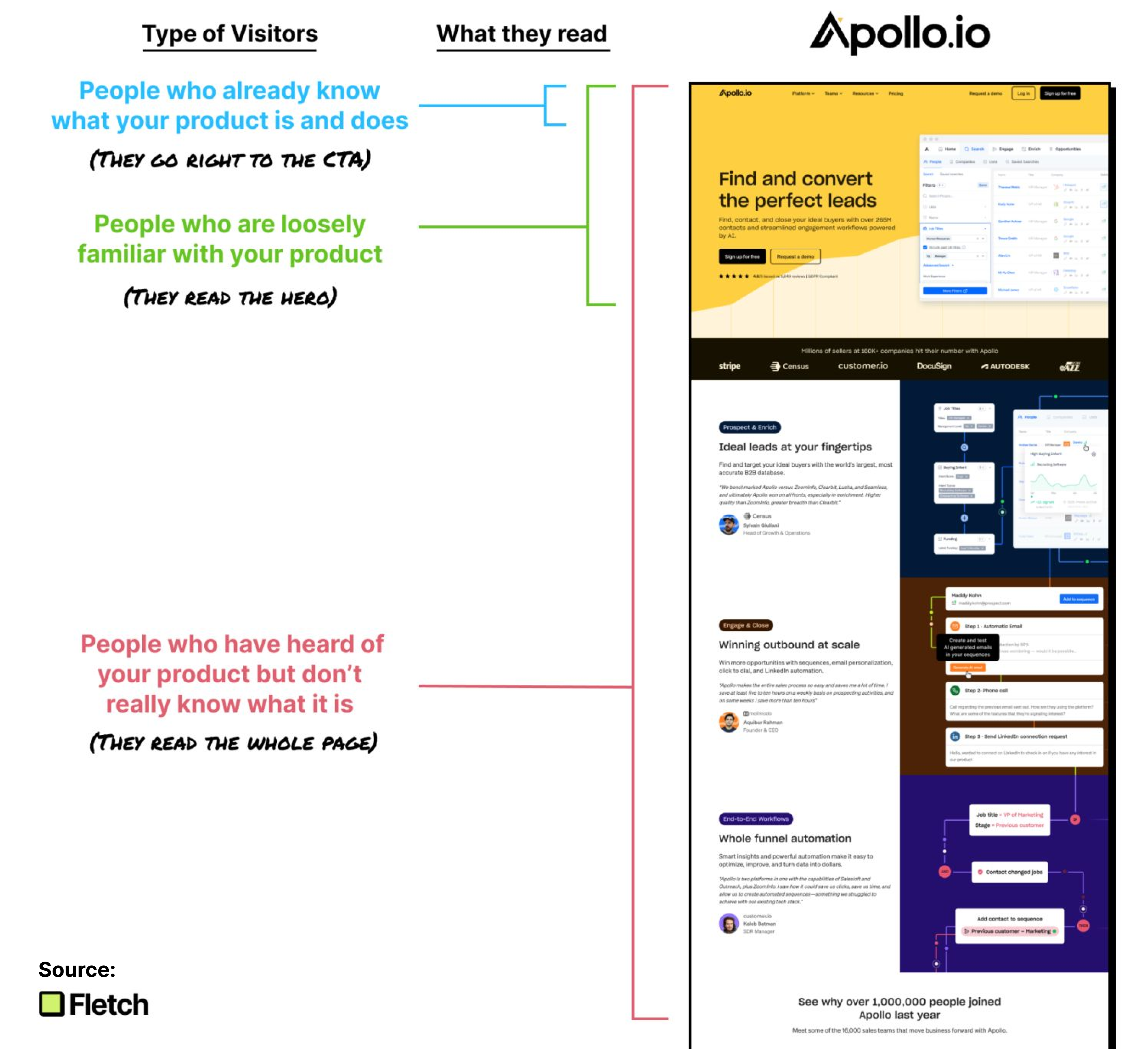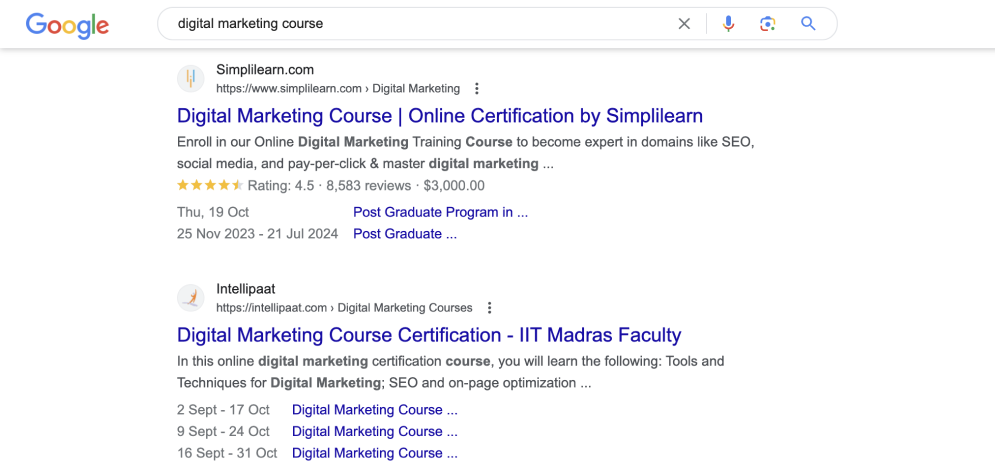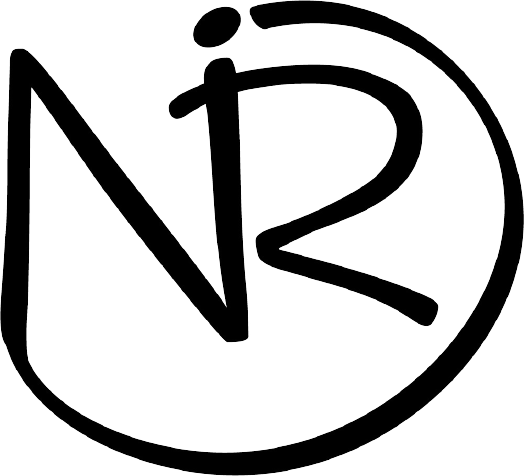What is a Landing Page?
Imagine a webpage designed with one mission in mind: to persuade you to take a specific action. That’s essentially what a landing page is. Every time you click an online ad or link, you might just land on one of these specialized pages.
Landing pages are laser-focused on a single goal, whether it’s convincing you to buy something, sign up for a service, or simply provide your information. Think of them as persuasive salespeople in the digital world, working their magic to convert visitors into leads or customers.
Why do we need a landing page?
Landing pages are designed to steer visitors in the direction you want them to go.
They attract visitors like a magnet and hold them in place until they take action.
The main agenda of a landing page is to drive visitors to take a specific action, fill the entry form, or finalise a purchase.
To achieve this goal landing pages are typically very focused and have a clear call to action. They should be as persuasive as possible, use strong visuals, simple language, and captivating offer.
Landing page: the first step to closing a deal
Your landing page is your business’s resume.
It’s the first impression potential customers will have of you.
Just like you would highlight your most impressive work on your resume, you need to select the most compelling content for your landing page.
After all, you have only one chance to make a first impression, so make sure it’s memorable.
Know your audience and how they read
To create a landing page that converts, you need to know who your audience is and what they’re looking for.
Are they busy professionals who want to get to the point?
Or are they curious learners who want to know more?
Once you know who you’re talking to, you can tailor your content to their needs.
But that’s not all. You also need to know what they’re reading on your landing page.
Are they scanning the page for key information?
Or are they taking their time to read every word?
By understanding how your audience reads, you can make sure that your landing page is easy to scan and understand.
Who reads what on your Landing page

Differences between Normal Websites and Landing Pages
It is important to know the difference between normal websites and landing pages because they can be used for different purposes.
Normal websites are like Wikipedia: they’re full of information, but they’re not always trying to sell you something.
Landing pages are like infomercials: they’re all about getting you to take action, whether it’s signing up for a free trial or buying a product.
The major differences are as follows:
Traffic
A better homepage/landing page leads to a better visitor experience
Normal Website
Visitors to normal websites, are more likely to come from organic sources, such as SEO or social media. And we are not sure about the source and reason they are visiting the website.
We only have a hint of the visitor intent that they want to know more about your service or product by visiting your website. Hence, we design the website accordingly.
Like, we segment the pages as per details example: About, services, and Contact.
Landing Page
Visitors to landing pages are more likely to come from inorganic sources, such as advertisements or social media ads.
It is because landing pages are used to promote a specific offer or product, and these type of offers are advertised through paid channels. We can customize landing pages according to the need of visitors because we know more details about them, such as where they came from and how they arrived at the page.
SEO based results

SEM based results

When you search for something online, you’ll see two types of results: sponsored and organic.
Sponsored results are paid ads that appear at the top of the search results page.
They’re marked with a small “sponsored” label next to the URL as you can see above.
Organic results are unpaid results that appear below the sponsored results. They’re ranked based on their relevance to your search query.
Menu bar
It contains drop-down menus, typically located at the top of a window or screen, and provides access to variety of command and option.
Normal Website
The extensive menu bar is used on normal websites. That is because normal pages are designed to be informative and allow visitors to explore the website. The menu bar of a normal website is like a restaurant where you are going for the first time. You will try different dishes and explore more, as you do not know which dish you will like the most.Landing Page
Minimal or no menu bar is used on landing pages. That is because landing pages, are designed to be focused on a single goal, and having a menu bar can distract visitors from that goal.
The menu bar of a landing page is like a restaurant where you have a specific preference, and they only sell dishes you like because there are not many options to explore.
Menu bar of Normal Website

Menu bar of Landing Page

Here you can clearly see the difference between the menu bar of both pages.
The menu bar of a normal website is designed like a welcome mat, inviting visitors to explore the site.
On the other hand, the menu bar of a landing page is designed like a laser-focused sales pitch, urging visitors to take action.
Company details
About the company, explain what you do and your history.
Services/products, list of the company’s offerings, including what they do and how they benefit customers.
Normal Website
On different pages, all the details are provided about the company and its products or services, as the purpose of the normal website is to give visitors complete information and we are not sure why the visitor is visiting the website.
He/she might be aware of the company already or might not. Eg. I am pretty sure you have not read the ‘About Us page of the Apple website.
Landing Page
On a single page,, details are combined on the landing page to give visitors all the information they need about the company and its products or services, which increases the chances of them converting. Hence, only essential and impactful details about your company will work. Make sure to write it in an easy-to-understand and remember.
Objective
Objectives guide the content and design of a campaign to achieve specific results.
It should be specific, measurable, achievable, relevant, and time-bound.
Normal Website
Awaresses, consideration and slight conversion are the three main objectives of normal pages. The complete conversion is not of major importance, as the goal is not to convert visitors into leads or customers but to allow them to explore the website to know more about the company, its products, and services.
Landing Page
Conversion is major objective of landing pages. They should be easy to scan and understand.
Landing pages are designed with a single goal in mind: to convince users to convert by submitting the lead form/contact details. To do this, you have to guide the users on a journey from top to bottom, highlighting the key points that will persuade them to take the final action.
Navigation
Good navigation allows users to easily find the information they are looking for
and navigate between different pages on a website.
Normal Website
Extensive navigation options are available on normal websites. It is a great way to help visitors find the information they are looking for on a website. For example, a visitor might want to read the reviews of existing users. Therefore, the customer review page should be easy to navigate for them. The same goes for other important pages and details.
Though extensive, it should be clear and easy to use so visitors can quickly find the information they are looking for.
Landing Page
Minimal or no navigation options are given on a landing page. If there are too many navigation options, visitors maybe tempted to click on something other than the CTA, which could lead to a loss of conversion. That is why the navigation is limited, as it is the most important element on a landing page, so it should be easy to find and click on.
Limiting the number of navigating options will also help you in creating a sense of urgency and encourage visitors, to take action immediately.
Major KPIs
KPIs are an important metric used to track progress toward specific goals or objectives.
If tracked effectively, one can get an idea of areas where they are doing well and where they need to improve.
Normal Website
Pages visits per session, duration per session, repetitive vs new visitors are a few of KPIs measured for normal websites.
Normal websites have many objectives so they also need many key performance indicators (KPIs) to track and analyze the data. You can get a better understanding of how your website is performing and make necessary changes to improve the user experience and achieve your business goals through these KPIs.
Landing Page
Cost per acquisition, traffic and heat map are few of the KPIs measured for landing pages. All these KPIs majorly focus on conversion rates only.
One can also use the popular website ‘Hotjar’ to create heat maps of their website. It will help you track the user journey throughout the entire page, which you cannot track through Google Analytics. For a better understanding of the services provided by ‘Hotjar’ you may visit their website as well.
Landing pages are a vital part of any marketing campaign.
They are designed to convert visitors into leads or customers by providing them with a clear call to action.
By understanding the key differences between landing pages and normal websites, you can create landing pages that are more effective and help you achieve your business goals.
Share this blog
Next Step!
If you are looking forward to excelling in digital marketing communication, don’t miss out on this article on.
Push and Pull Advertising technique series.



